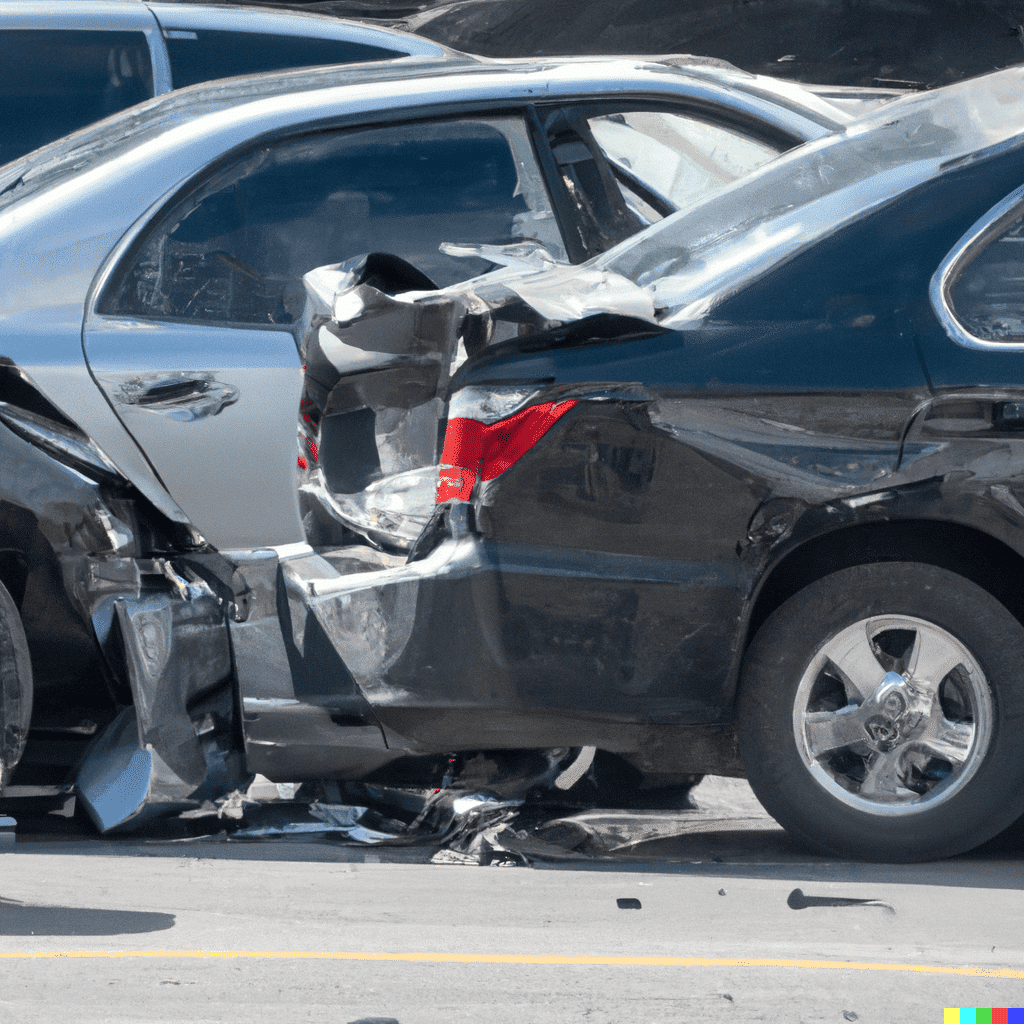T-bone accidents occur when one vehicle’s front side collides with the side of another. It is also known as a broadside or side impact accident because of the location of the impact.
T-bone crashes usually occur at intersections, although they can occur anywhere a vehicle crosses a road or street. However, these accidents raise the issue of fault since the cars are moving perpendicular to one another.
So, who is at fault in a T-bone car accident?
Under South Carolina’s comparative negligence principle, several parties can be at fault in a T-bone accident. The parties may include either driver in the accident, the vehicle manufacturer, or another driver not involved in the crash itself.
Read on to understand liability and how a car accident attorney Summerville, can help if you have been injured in a T-bone accident in Summerville, South Carolina.
What Is a T-bone Car Accident?
T-bone accidents are called so because they occur when the front of one vehicle strikes the side of another.
The resulting collision assumes the shape of the letter T. These accidents are also known as side impact or broadside collisions.
Such collisions are avoidable and thus should not occur. But it is usually tricky to figure out who was responsible when they do happen because more than one party was often at fault.
How T-Bone Accidents Happen
A T-bone accident should not occur under normal circumstances. These accidents result when one or both vehicles are where they should not be.
Driver negligence, including disregarding a stop sign or red light, is the main cause. Otherwise, T-bone collisions would never occur.
In most cases, one motorist has the right of way because they are moving forward and are unaware another vehicle is about to broadside them.
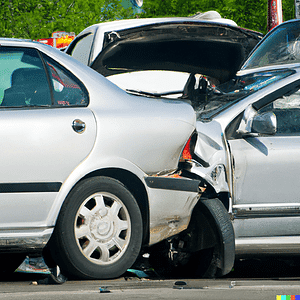
A T-bone crash may also occur when an oncoming car strikes you. This usually happens when the driver loses control of their vehicle, speeding, is distracted, or drives under the influence.
They are some fatal side impact incidents since they happen at full speed.
How Is Fault Determined in a T-Bone Accident?
Determining fault in a T-bone collision does not depend on who T-boned the other. Instead, it depends on which vehicle had the right of way.
Both cars cannot have the right of way. In a T-bone collision, one car had the right of way, and the other infringed it.
T-bone accidents will always be the vehicle’s fault that had no right of way. However, the car with the right of way may also be at fault for failing to notice what the other motorist was doing.
Regrettably, the accident scene rarely has any evidence that can help determine which car had the right of way.
The drivers’ and the witnesses’ accounts of what transpired will nearly always determine who is at fault in this kind of side-impact accident.
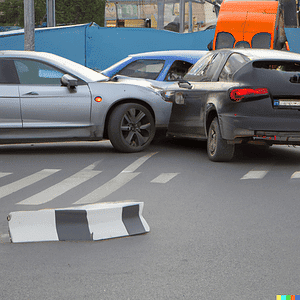
Whoever sounds more convincing will win the argument when both drivers assert that they have the right of way.
Your car accident attorney Summerville, South Carolina, will rely on evidence to show that the other motorist caused the collision.
Remember that during this process, the other driver’s insurance provider will want to dupe you into making statements allowing them to assign more fault to you.
Who Is At-fault in an Intersection Accident?
Most T-bone collisions take place at intersections with traffic control devices. According to the NHTSA, this may happen because motorists need to make correct assumptions about what the other driver will do next.
For instance, one of the drivers might mistakenly believe they have the right of way. As a result, that driver steers through the intersection into oncoming traffic, yet the other driver was not expecting it.
Here are some of the common causes of T-bone intersection collisions.
Left turn accidents
Any motorist may be at fault in a left-turn T-bone collision at an intersection. When turning left, a driver may occasionally believe a red light has changed to green when it is still red.
The driver may turn left in front of a car moving in the opposite direction when the light is green.
The opposite is also true sometimes. However, the one moving in the opposite direction thinks the light is green for them while it is red.
In either case, the impact will likely be severe, considering the high speeds of one of both cars.
Running a red light
This T-bone collision occurs when the drivers are moving perpendicular to one another. They are going to run into each other eventually.
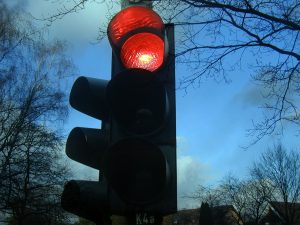
They both believe they have the go-ahead and are entitled to the right of way. For this reason, both will likely be driving at the maximum speed limit allowed on that road. Whichever vehicle had the red light will be liable for the accident.
Running a stop sign
A four-way stop can result in a T-bone collision but is less frequent. That is because one or both vehicles halt entirely before reaching the intersection. That allows the drivers ample time to realize what will take place and stop in time.
The most frequent T-bone accident occurs when one car stops at a stop sign, and the other does not. Assigning fault in this type of accident is easy.
Who Is At-fault When There Is No Intersection?
A T-bone collision can occur even where there is no intersection. In such an accident, the car crossing the highway is always liable because it has no right of way.
Leaving a parking lot
Parking lots have no traffic control devices. So, a driver exiting the parking is responsible for ensuring no vehicle is on either side before entering the road.
If there is an incoming car and the driver can’t see it, they may pull out to cross the road, causing a T-bone accident.
Making a U-turn across traffic
It is only sometimes safe to make a U-turn. The motorist making the U-turn may pull into traffic and get struck on the side by a vehicle coming from the other direction. In this case, the motorist making the turn will be responsible because they did not look out for oncoming vehicles.
Can The Car with the Right of Way Be At-fault?
In T-bone accidents, the driver who did not have the right of way is always at fault. But the other driver with the right of way may also have some responsibility.
That is because the driver with the right of way should equally be attentive on the road and expect a curt to cut across traffic.
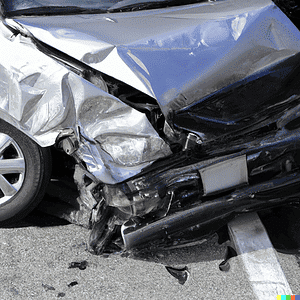
The car with the right of way may carry some fault in a T-bone accident when:
- A vehicle changes several lanes before the T-bone results
- A driver does not engage headlines when it is dark
- A driver was speeding, distracted, or driving under the influence
- The brakes failed due to poor vehicle maintenance
When Will Third Parties Have Some Fault?
The drivers involved in the collision are not always the parties responsible for the T-bone accident. Other parties can cause it too.
For example, a vehicle repair shop may need to fix the brakes better. Or it failed to repair the headlights properly. In such a case, the repair shop will be partly to blame for the collision.
Malfunctioning traffic control devices could also contribute to T-bone accidents. The lights may shut down totally and fail to give a signal.
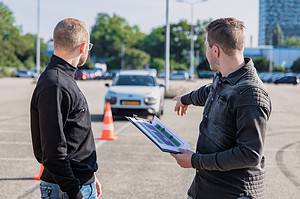
In such a case, motorists may not notice they are entering an intersection and ram into other cars. In this case, the traffic control device and one or both motorists will be responsible.
The bottom line is that several parties may be responsible for the accident. Speak with a car accident attorney Summerville to determine fault and help you seek compensation for your damages.
Filing a Claim with a Car Accident Attorney Summerville Expert!
In car accident cases, you must prove fault before you can win a settlement. It will be easier to do this, especially in T-bone accidents, with the help of a lawyer.
Legal Giant can make hiring easy by linking you with the best car accident attorney Summerville, South Carolina.
Our partner attorneys will help establish negligence, file a personal injury claim, and negotiate fair compensation on your behalf.
Contact us at (855) 740-5024 for a free case evaluation.
